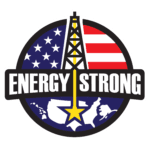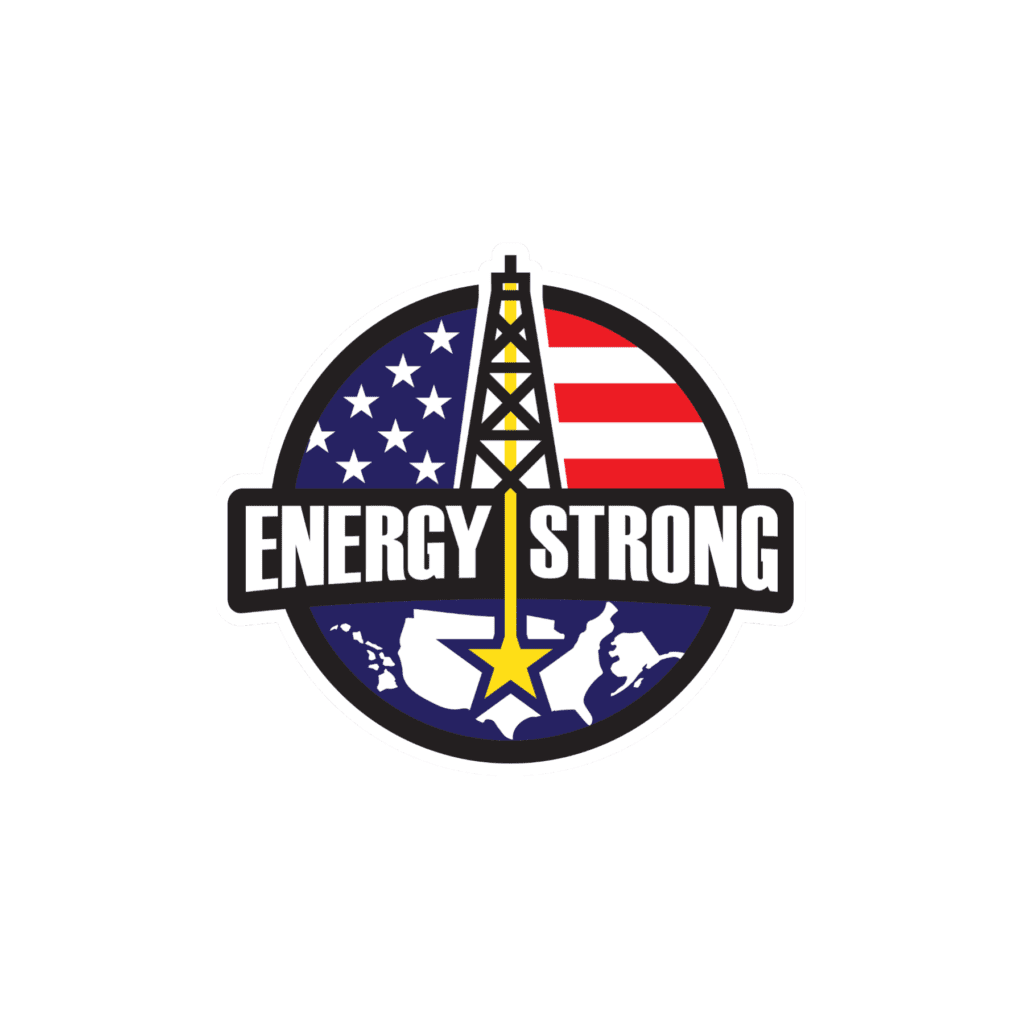Editor’s Note: This column is part of a regular series by industry veteran Brad Hitch for NGI’s LNG Insight dedicated to addressing the complexities of the global natural gas market.
Algerian pipeline and LNG imports have recently been a wild card in European gas projections. As recently as 2020 there was legitimate concern with Algeria’s ability to maintain stable exports in the face of rising domestic consumption and the inevitable decline of its largest gas fields.
Nonetheless, Algerian exports have recovered nicely in the last two years. Total exports in 2022 were up over 15 billion cubic meters from their 2020 levels and LNG exports through October are up by nearly 4 Bcm year/year, according to data from Kpler.
Algerian resources seem insufficient to provide long-term expansion competition with the United States, but Sonatrach’s volume swings (which can go unnoticed as they are split between pipeline and LNG deliveries) can have a significant impact.
Evaluating whether the recent gains are here to stay is important but somewhat contingent on understanding the deeper currents that have driven Algeria’s gas development from its earliest days.
The Dawn of Atlantic Basin LNG
Gas industry professionals that are new to the LNG market can be forgiven for not knowing the shared history between the United States and Algeria. The commercial LNG industry came of age in Asia and the Pacific Basin during the 1980s and 1990s, but it was born of earlier efforts to enhance energy security in the United States and Europe through LNG imported from Algeria.
The age of waterborne LNG transportation was ushered in by a handful of test cargoes sent from the United States to the UK in 1959. Soon afterward, the first commercial LNG export chain was established when Sonatrach, Algeria’s newly established national oil company, agreed to liquefy and ship gas from the giant Hassi R’mel field to France and the UK. The 1.5 million metric ton/year Camel train at Arzew was constructed and Algeria’s first LNG exports kicked off in 1964.
Having laid the initial foundation for LNG exports with European customers, Sonatrach expanded with several new liquefaction trains at Bethioua and Skikda intended to serve the U.S. market.
U.S. LNG imports started when Distrigas Corp. commissioned its terminal at Everett, MA in 1971. Taking advantage of U.S. regulations that allowed higher costs from imports to be passed on to consumers, contracts were signed to take delivery of LNG at new terminals in Georgia, Maryland and Louisiana. The United States had become the single largest importer of Algerian LNG by the time the Elba Island and Cove Point terminals were commissioned in 1978 and 1979.
The year 1979 would prove to be the high water mark of the U.S-Algeria LNG trade however, as energy policy changes in the two countries put them on a path towards irreconcilable differences. The passage of the Natural Gas Policy Act (NGPA) in 1978 allowed for the gradual deregulation of wellhead prices in the United States, eventually stimulating significant growth in production and a drop in natural gas prices.
Meanwhile, Algerian president Houari Boumediene’s death in 1978 triggered a series of changes that ultimately led to the replacement of the Minister of Energy as well as the top management at Sonatrach. The new leadership started to push for a renegotiation of LNG contract pricing with all of its customers.
The End of the Beginning of U.S. LNG
The original contracts had been structured with a pricing formula designed to give a reasonable return on the liquefaction and production investment with adjustments tied to inflation; however, construction and finance cost overruns ruined the project’s returns. This prompted Sonatrach to push for upward price revision for LNG volumes that were already higher than U.S. wholesale prices.
Algeria to U.S. trade fell apart within a short period of time in the early 1980s. The three newer terminals stopped receiving cargoes and entered protracted legal disputes with Sonatrach. The Distrigas terminal in Everett was placed into bankruptcy reorganization.
The episode left the U.S. with a legacy of LNG infrastructure that would be underutilized for many years and left Sonatrach with excess capacity and a collapse of export volumes.
Algerian exports, which had been close to 11 Bcm in 1979, fell by nearly 60% in 1980 before bottoming out at 3.5 Bcm in 1981. It would be four years before they recovered to their previous levels, by which time the strategic direction for Algerian natural gas had been completely reset.
The push to expand LNG exports in the 1970s had occurred simultaneously with the development of the Trans-Med pipeline that was built to transport Algeria to Italy via Tunisia and a deep sea leg crossing the Mediterranean. Contracted in 1977 with a target start date of 1981, the Trans-Med connection was in line with President Boumediene’s export oriented gas development strategy.
Charting a New Commercial Path
When Colonel Chadhi Benjadid assumed the presidency in 1979, he installed Belgacem Nabi as the Minister of Energy, who in turn set Sonatrach on a radically different commercial path. The new regime put the development of domestic industry at the center of Algerian energy policy – even at the expense of exports. Nabi also initiated a complete renegotiation of Sonatrach’s existing export arrangements, including the sales contract underpinning the new Med-Gaz pipeline.
Over the years the “cost-plus-return” mechanism of the earliest LNG contracts had largely been phased out in favor of “netback pricing” structures that put delivered prices on par with competing fuels (primarily fuel oil and gas oil). Minister Nabi orchestrated an aggressive push towards pricing sales contracts using a free-on-board “crude parity” basis – i.e. with price formulas that set the LNG or natural gas price to a percentage of the crude oil price that would achieve an equivalent price in MMBtu terms.
The renegotiation initiative delayed the commercial start of the pipeline and led to an even larger near term drop in LNG volumes – thereby cutting Sonatrach’s gas revenues in the immediate aftermath of significant capital spending for export infrastructure. This ordinarily would have been a disadvantage in the negotiations with European counterparties that were pushing back quite hard.
Nonetheless, flush with cash from record high crude oil prices that the OPEC cartel had been able to achieve, Sonatrach and the Energy Ministry could afford to be patient and were largely successful in achieving their re-pricing objectives.
The other component of the new administration’s strategy –to prioritize the use of Algeria’s gas reserves in its domestic economy– had a pretty dramatic effect on Sonatrach’s trajectory, as well. Domestic gas consumption more than tripled between 1979 and 1983, an increase of nearly 12 Bcm/year that offset the losses in export volume. In fact, throughout all of the turmoil of the U.S. contracts collapsing and European price renegotiations, Sonatrach’s production levels were hardly affected. Production dropped by 20% year/year in 1980 but had recovered and was hitting record levels by 1983.
Looking Ahead
The gains that Minister Nabi achieved in the wake of the early crisis that confronted Algerian gas were impressive but not without cost.
In our next column, we are going to consider how these changes impacted the long term development of Algeria’s gas business through to today and continue to influence the outlook for the near term.
The post Algeria’s Growing Role as a European Natural Gas Supply Wild Card is Rooted in its LNG Origins – Column appeared first on Natural Gas Intelligence


